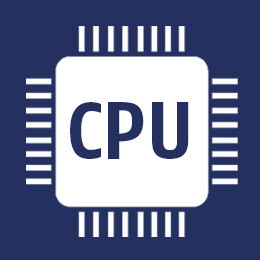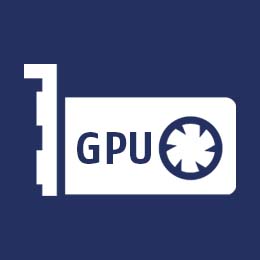FPGAs (Field Programmable Gate Arrays) are programmable digital components in which the hardware structure (logic circuits) can also be programmed. These are add-on modules that combine the flexibility and programmability of software running on a general purpose processor (CPU) with the speed and energy efficiency of an application-specific integrated circuit. The configuration of FPGAs, and thus their functionality or application purpose, can also be adapted several times retrospectively. While a CPU is mainly configured using software, an FPGA is configured at hardware level. Although FPGAs have been in use since the 1980s, the FPGA market has been experiencing strong growth in demand, particularly in recent years, and this is set to increase further in the coming years. FPGA cards have low to medium power consumption, but deliver maximum efficiency and performance for the respective (AI) application thanks to the individual configuration options, as the hardware can be directly adapted to the application. Performance can be further maximized by implementing parallel hardware structures. However, this is offset by high individual development costs, which generally only pay off for applications with larger quantities.
- InoNet Computer GmbH
Wettersteinstraße 18
82024 Taufkirchen




